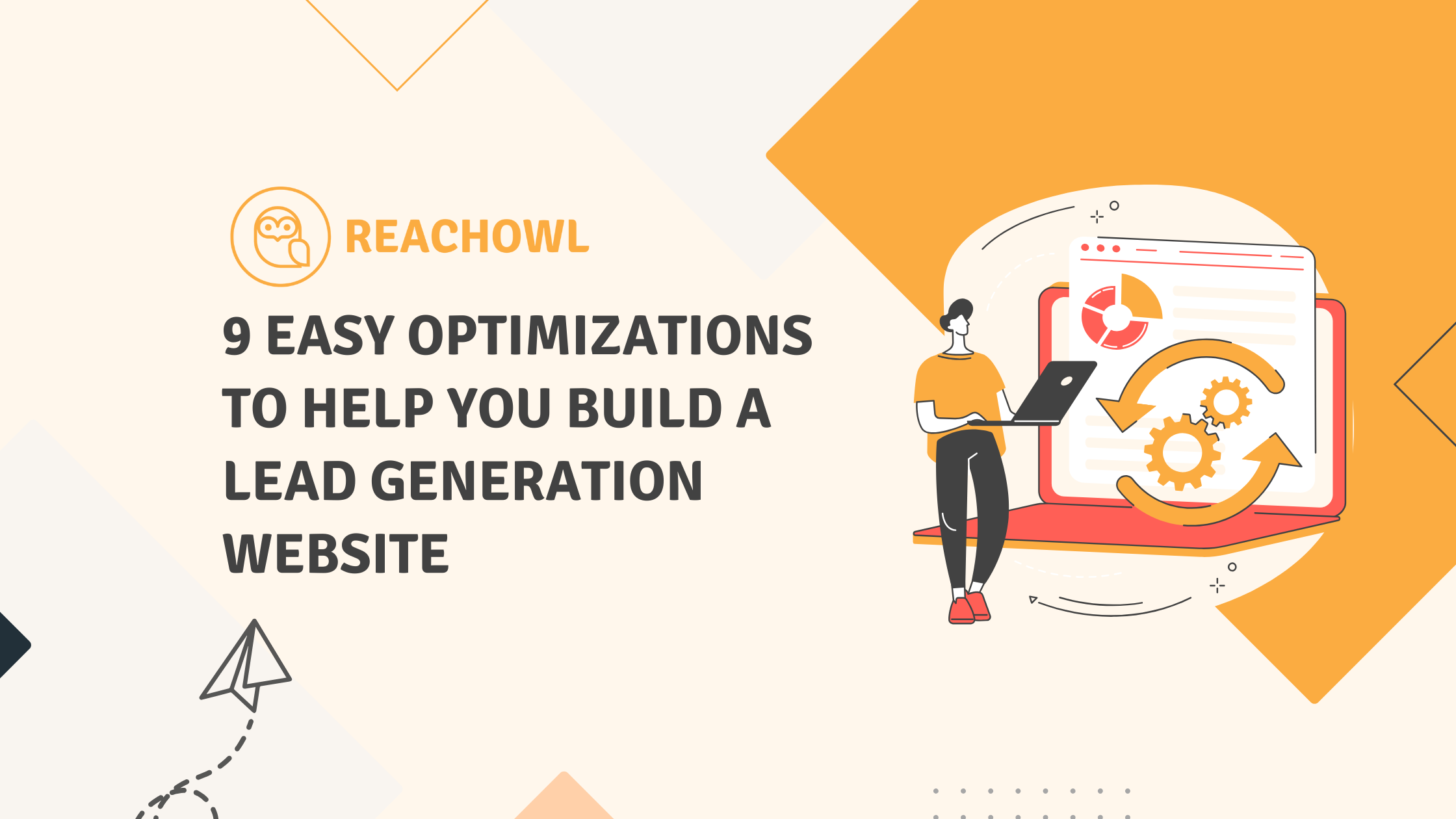A website is not just for show; it’s a powerful tool to get more customers and grow your business. Making a lead generation website needs smart planning, user-friendly design, and tricks to get visitors to do what you want them to do.
In this blog, we’ll guide you through nine simple optimizations to transform your website into a lead-generation powerhouse.
Table of Contents
Toggle1. Understand Your Target Audience
Before creating and improving your website, know your audience well. Who are your best customers? What problems do they have, and what do they like? Do solid research to build detailed profiles of your typical customers. This knowledge will help shape your website to connect with your target audience.
2. Craft compelling and clear CTAs
A call-to-action (CTA) is a clear prompt that guides users to take a specific action, like signing up or downloading. Make your CTAs compelling, using vivid language and contrasting colors to grab attention. Place them strategically on your website for effectiveness.
3. Optimize landing pages for conversion
Landing pages are where the magic happens in lead generation. When users click on an ad or CTA, they should be directed to a dedicated landing page designed for conversion. Unlimited graphic design options enable businesses to create engaging, tailored landing pages that capture attention and drive higher conversion rates.

Keep these principles in mind:
- Simplify Design: A clutter-free layout with minimal distractions focuses the visitor’s attention on the offer.
- Form Optimization: If your landing page includes a form, keep it concise. Ask for essential information and consider progressive profiling for subsequent interactions.
- Compelling Headlines: Craft headlines that capture attention and clearly convey the value proposition.
- Visual Appeal: Use high-quality images or graphics to complement your content and create a visually appealing experience.
4. Create valuable lead magnets
Attract visitors to share their information by providing valuable lead magnets like ebooks or webinars. Make sure the content is high-quality and solves a problem for your audience.
5. Implement a responsive design
Make your website mobile-friendly for diverse screen sizes, as a considerable amount of web traffic comes from mobile devices. Google considers mobile app development service friendliness in its ranking, which affects your visibility in search results.
6. Leverage social proof
Build trust and credibility by showcasing social proof on your website. This can include client testimonials, case studies, and logos of prominent clients or partners. Social proof validates your offerings and instil confidence in potential leads.
7. Optimize website speed
A slow-loading website can drive visitors away before they even explore your offerings. Optimize images, leverage browser caching, and utilize Content Delivery Networks (CDNs) to improve website speed. Google’s PageSpeed Insights can provide insights and suggestions for optimization.

8. Implement A/B testing
Continuous improvement is a cornerstone of effective lead generation. Implement A/B testing to experiment with different elements on your website, such as headlines, CTAs, or form fields. Analyze the results to understand what resonates best with your audience and refine your approach accordingly.
9. Integrate Analytics for Data-Driven Decisions
Support analytics tools like Google Analytics to understand user behavior on your website. Monitor crucial metrics like conversion rates, bounce rates, and traffic sources. Making decisions based on real user interactions allows you to enhance your lead generation strategy.
Conclusion
Creating a lead generation website involves a global approach that combines users experience, compelling content, and strategic optimizations. By these above nine Optimizations you can transform your website into a powerful lead generation engine.
Regularly analyses your lead-generation website’s performance, stay updated on industry trends, and adapt to evolving user behaviors. With a user-centric approach and a commitment to continuous improvement, your website can be a key driver of business growth.

